Azerbaijan marks 28 years since Khojaly tragedy
Azerbaijan is commemorating the victims of the Khojaly tragedy today on the 28th anniversary since one of the bloodiest episodes of the Karabakh war.
On the night of February 25-26, 1992, when military operations in Karabakh were in full swing, the Armenian armed forces stormed the city of Khojaly, populated by Azerbaijanis with the help of the 366th motorized rifle regiment of the former Soviet army stationed in Karabakh.
According to the official statistics of the Azerbaijani side, 613 civilians were killed and seriously injured during the assault, 1,275 people were captured, the fate of 150 people is still unknown.
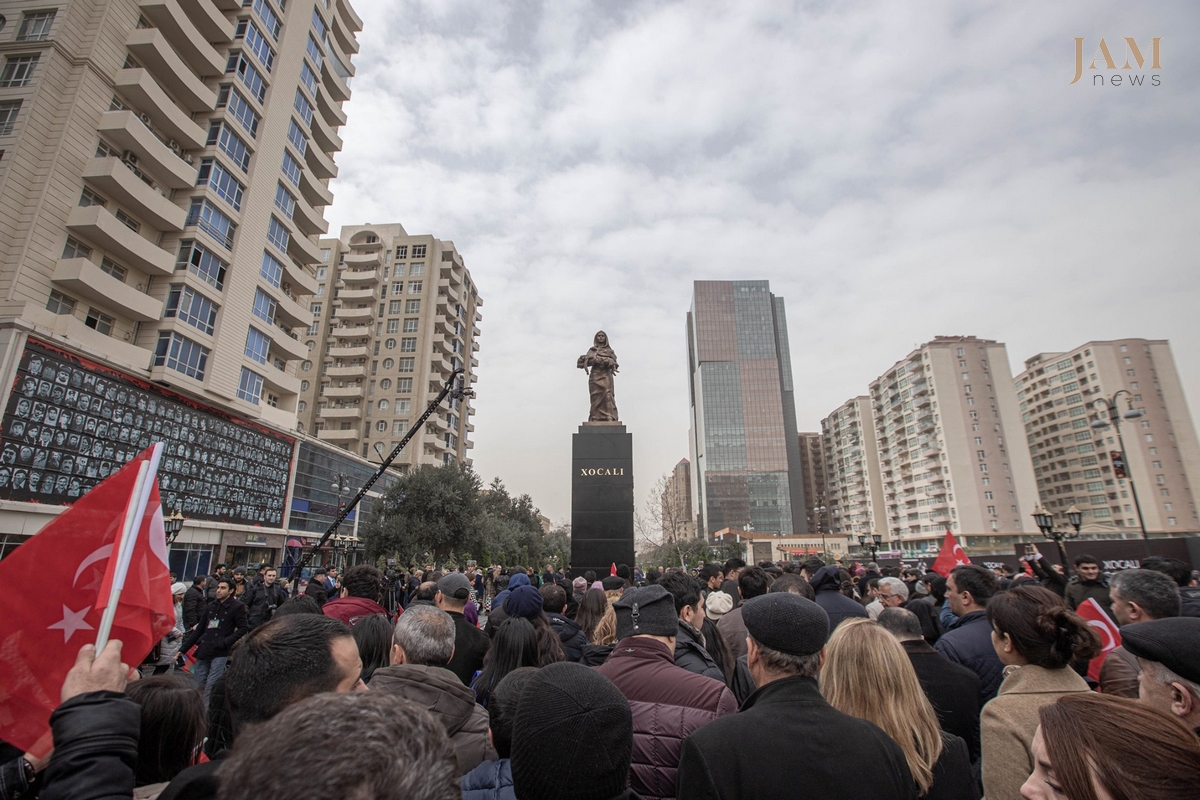

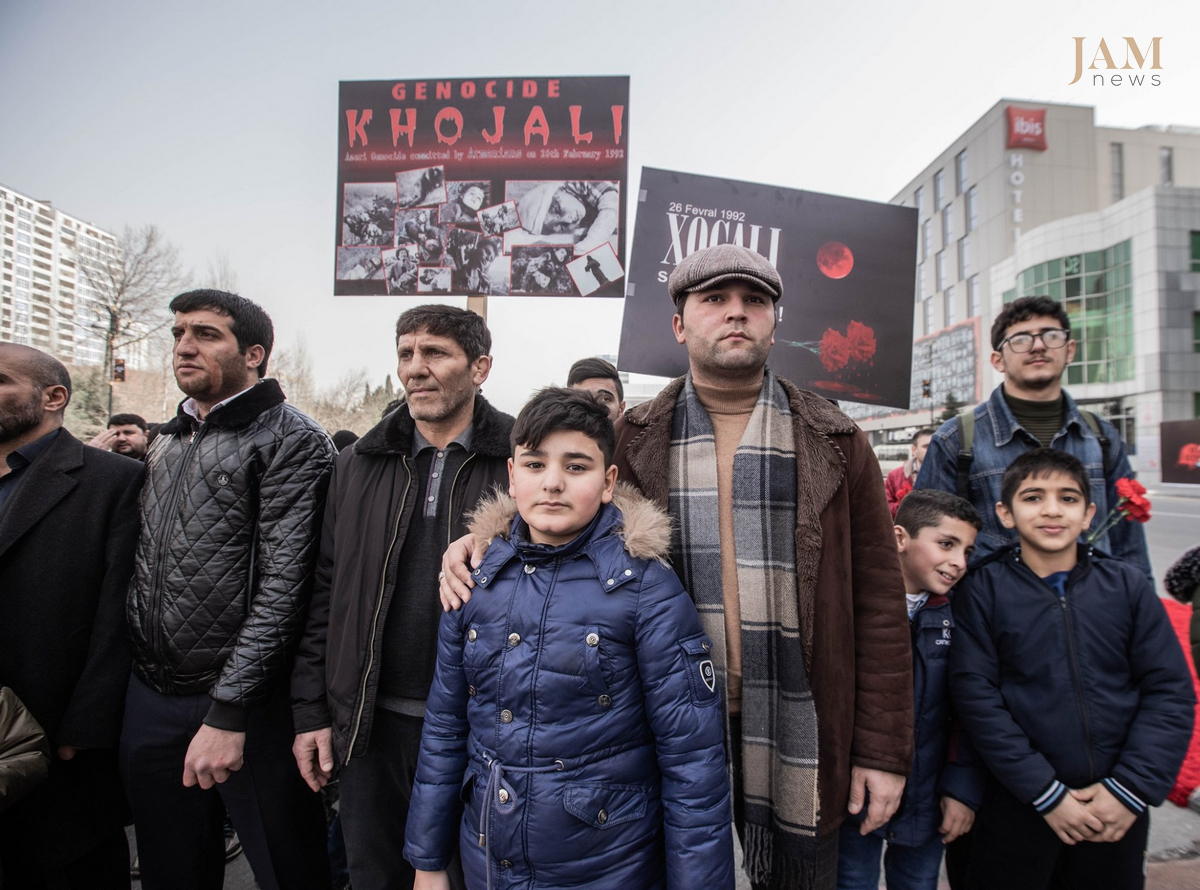
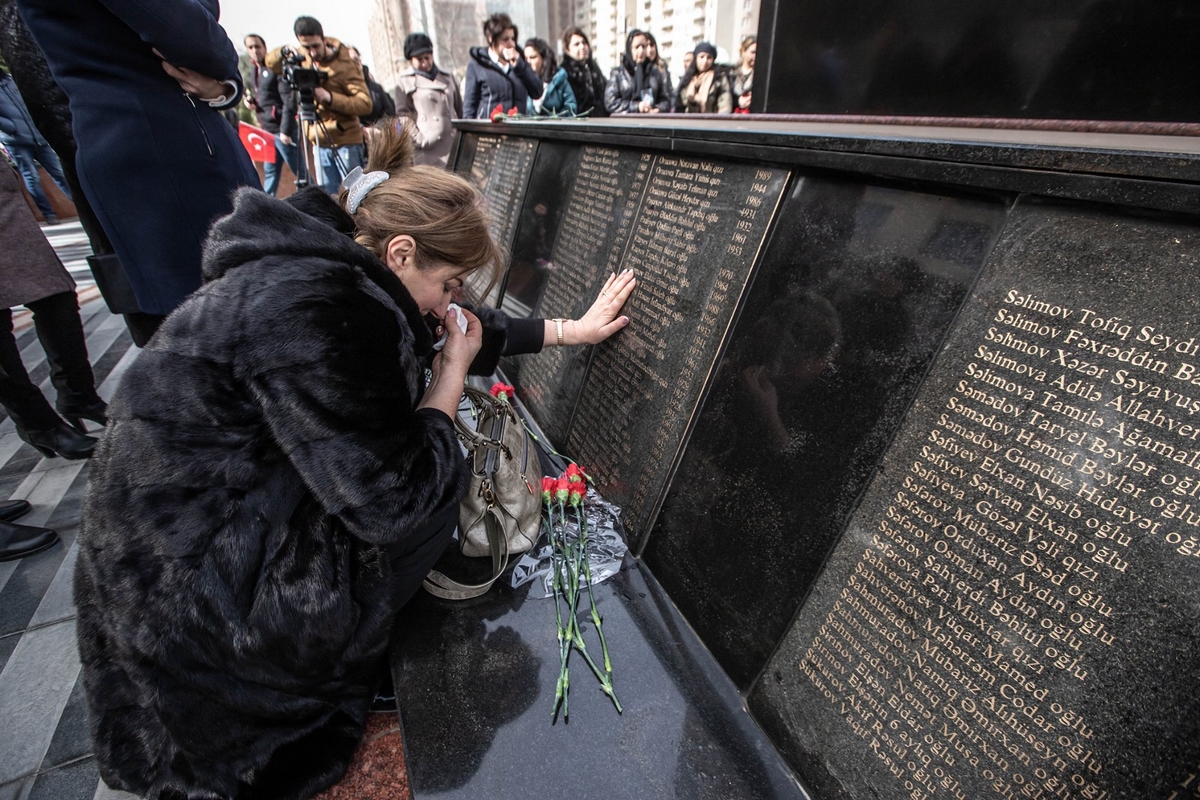
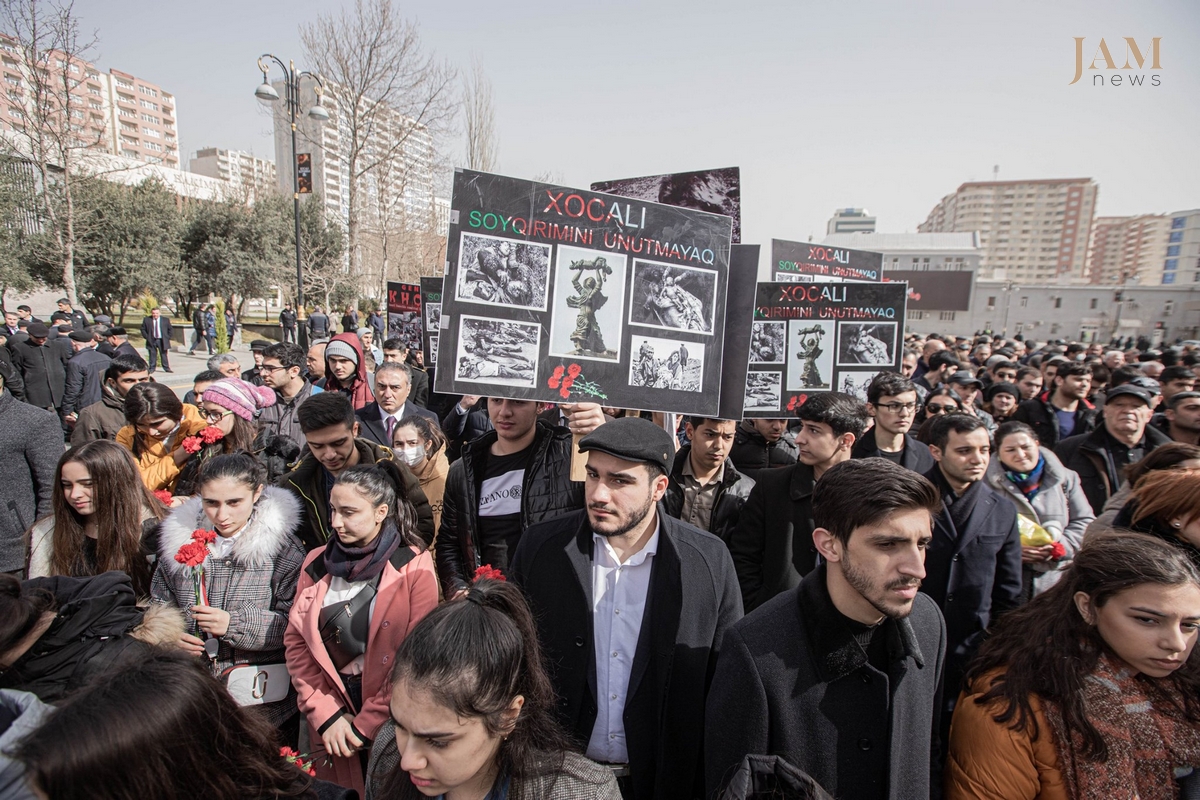
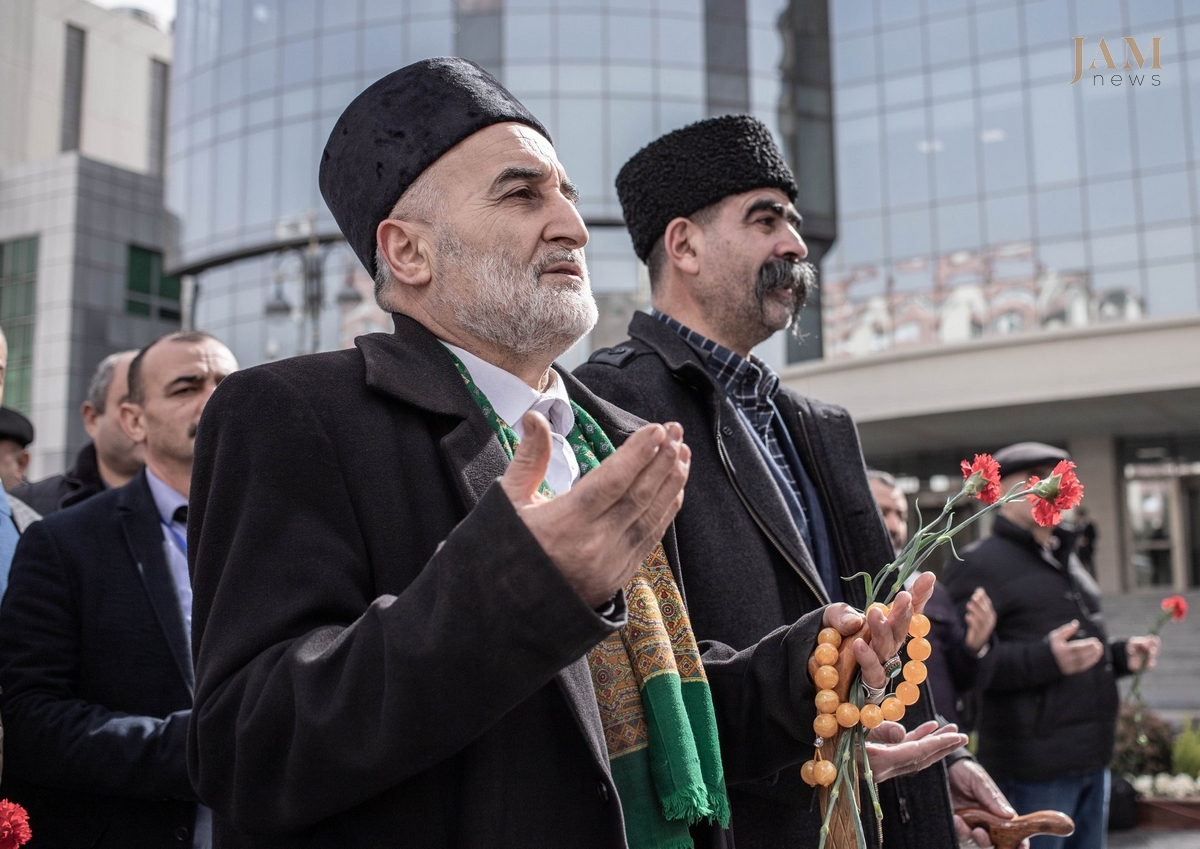
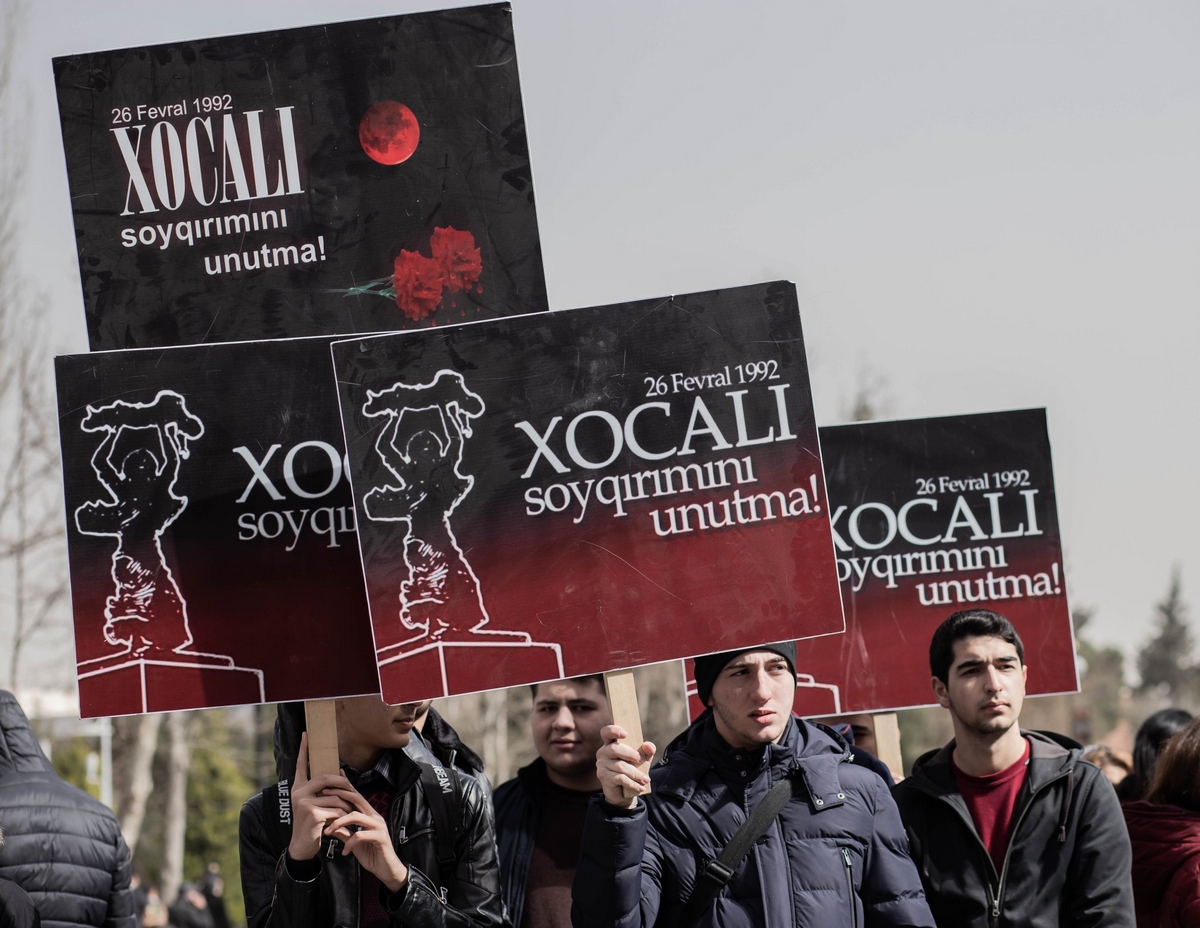
Arguments and accounts
The accounts of the Azerbaijani and Armenian sides about what happened in Khojaly are radically different.
• Overall assessment
In Azerbaijan, the Khojaly massacre has been named a genocide against Azerbaijanis and a crime against humanity.
The Justice for Khojaly campaign is carried out by Azerbaijan in different countries across the world.
In Armenia, the Azerbaijani version of the events is considered to be greatly exaggerated, they believe that the Azerbaijanis themselves committed this war crime.
• Background to the tragedy
In Armenia, in response to the accusations, they indicate that a corridor for retreat was left for the civilian population (along the railway to the city of Agdam), as announced by loudspeakers before the assault.
There is evidence that some Khojaly residents left this corridor unhindered.
Azerbaijan responds to this, that almost none of the residents knew about this corridor. Human Rights Watch in its report also writes that none of the witnesses interviewed knew about this corridor.
Less commonly discussed is the question of evacuating civilians, because most of them were taken out of the city before the assault. At that time, about three thousand people lived in Khojaly.
• Details of the tragedy
Azerbaijan believes that defenseless civilians were tortured and brutally killed by the Armenian military. As evidence, a video was made by the famous reporter Chingiz Mustafayev.
Armenia replies to Mustafayev’s video by saying it was made some time after the events, and that there is still the first recording that Azerbaijan refuses to make public, and the corpses of the dead could be mutilated by wild animals or by the Azerbaijanis themselves.
Human Rights Watch in its investigation writes:
“A crowd of residents, accompanied by a couple of dozens of retreating defenders, fled the city after it was taken by Armenian armed forces. When they approached the border with Azerbaijan, they came across an Armenian armed post and were brutally shot.”
The British journalist Thomas de Waal in his book Black Garden also writes that along with the Khojaly people, the guards of the Khojaly airport, who started shooting and were immediately killed, tried to leave the city.
• Reaction to Khojaly events
In response to allegations that the Azerbaijanis independently organized the Khojaly massacre, Azerbaijan quotes the former President of Armenia, at that time the Minister of Defense, Serzh Sargsyan:
“But I think the main question was completely different. Before Khojaly, Azerbaijanis thought that they could joke us, they thought that the Armenians were not able to raise a hand against the civilian population. We managed to break this [stereotype]. Here is what happened. And we must also take into account that among those boys there were people who fled from Baku and Sumgait.”
Armenia, in turn, refers to an interview with Ayaz Mutallibov, the former president of Azerbaijan, which he gave to the Russian Nezavisimaya Gazeta, claiming that he accuses the Azerbaijani opposition of organizing the massacre.
Mutallibov himself categorically denies this.
February 26 is a day of mourning in Azerbaijan.
According to tradition, country officials and ordinary citizens bring flowers to the monument to the victims of the tragedy. Mourning events are also held in various institutions, schools and universities.
• Khojaly: how it all happened



















